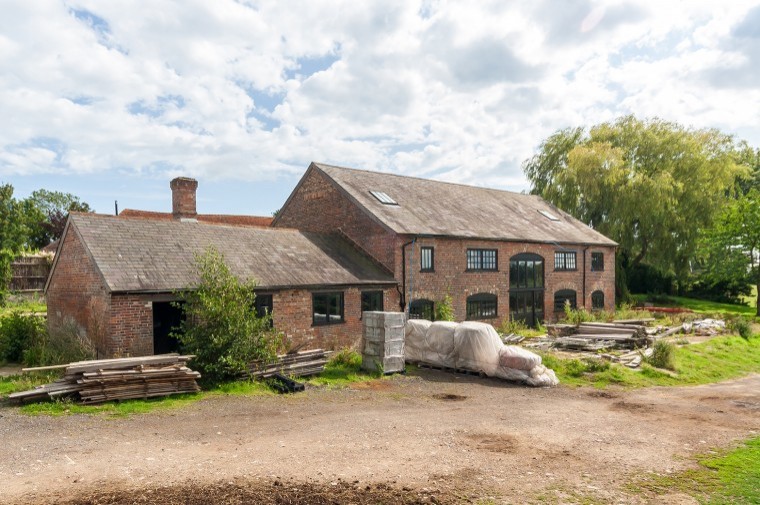These new permitted development rights (PDRs) were heralded as being the gateway to both providing urgently needed rural housing and a financial opportunity for farmers. Sadly local government didn’t see it quite that way. Every opportunity was taken to stymie applications. In response to these frustrating actions the government has finally published more guidance on how the legislation should be interpreted.
Most of the refusal reasons related to the apparent remoteness of the locations of the barns and the amount of work that was involved in their conversion. Our view has always been that local government was far too stringent in its interpretation.
Lessons learned
One of our most recent successes – a prior approval for the conversion of a former dairy into two residential units near Hailsham – helps shed some light on how such schemes should proceed.
The scheme was some two miles away from the nearest settlement. Nevertheless we were successful in arguing the sustainability of the location. The barn was in a dilapidated condition with extensive work required to roof and external walls. With the support of our structural engineer we were able to prove conversion was viable and consent was given.
Whilst the conversion is achievable through these works, it is important to assess what works better in terms of financial viability for our client. It is clear to us that the replacement of the barn with two new units would be preferable, not least because all works would be zero rated for VAT. We are now able to submit a planning application for replacement dwellings in accordance with planning policy. These new properties should be more sympathetic in design and sustainable. This is a point worth noting for anyone who has secured a prior approval.
The sustainability of the location should not be such a major stumbling block
Why should the conversion schemes under the PDRs be assessed as to whether or not it is in a sustainable location? Central government agrees and points out that there is good reason that the PDRs do not apply a test in relation to sustainability of location. To quote, this is because “…the right recognises that many agricultural buildings will not be in village settlements and may not be able to rely on public transport for their daily needs.” Instead, the council is encouraged to consider whether the location and siting of the building would make it impractical or undesirable to change use to a house.
Most importantly the guidance goes on to say that “an agricultural building in a location where the local planning authority would not normally grant planning permission for a new dwelling is not a sufficient reason for refusing prior approval.”
The government makes it clear that the tests of the national planning policy framework, which has been relied upon when refusing prior approvals, should not be applied by local authorities when considering the location and siting of the conversion scheme and it should only be used when assessing other potential impacts relating to flood risk, transport and contamination and noise.
How about the building works involved?
The other common wording for refusals on this matter end with “…the partial demolition and proposed works could not amount to a conversion” or “…would amount to a new building with very little of the original left”. A subjective judgement at best.
So, does the government’s recent guidance address this issue? The answer is yes and no. The guidance does allow some building operations that would affect the building externally. This could involve the installation or replacement of windows, doors, roofs and external walls and partial demolition required for such operations. However, this still does not clarify whether entire new external walls are permitted. This is where the design team come into their own in proving the design and the structural integrity of the building.
While this new guidance is encouraging it remains to be seen whether it will be sufficient to change local authorities’ attitudes. We recommend that all past refusals are revised and new schemes are submitted while this improved window remains open. What a new government will do is a matter of speculation but these PDRs are clearly one of the most encouraging measures for rural property for many years. Now is the time to have another go.




